The 2015 Sustainable Development Goal for education (SDG 4) sets out ambitious targets to achieve universal secondary education by 2030. While some significant progress has been made, in 2019, 91 million and 137 million children were still out of lower and upper secondary education worldwide (UNESCO, 2021). The UNESCO Institute of Statistics (UIS, 2019) estimates that in the Asia Pacific region alone, every tenth child was out of lower secondary and every third out of upper secondary. Most of these come from a handful of lower income economies, such as Afghanistan, Bangladesh, Lao People’s Democratic Republic (PDR), Pakistan, and Tuvalu, which have stubbornly high out-of-school (OOS) rates. It is unlikely that the Asia Pacific region is going to achieve universal secondary education by 2030 as complex and intersecting political, economic, structural, and cultural barriers at the individual, community and national levels marginalize some groups of children and prevent them from accessing and completing secondary education. Through the analysis of four Asia Pacific countries – Bangladesh, Lao PDR, Mongolia, and the Philippines, this report identifies key barriers that hamper national progress toward universal secondary education.
Author(s): Smith, W.C., Voigt, A. & Zhang, Y.
Year Published: 2021
Language: English
Country: Asia-Pacific
Download: https://neqmap.bangkok.unesco.org/wp-content/uploads/2021/08/AP-Full-Report-English_Final.pdf


